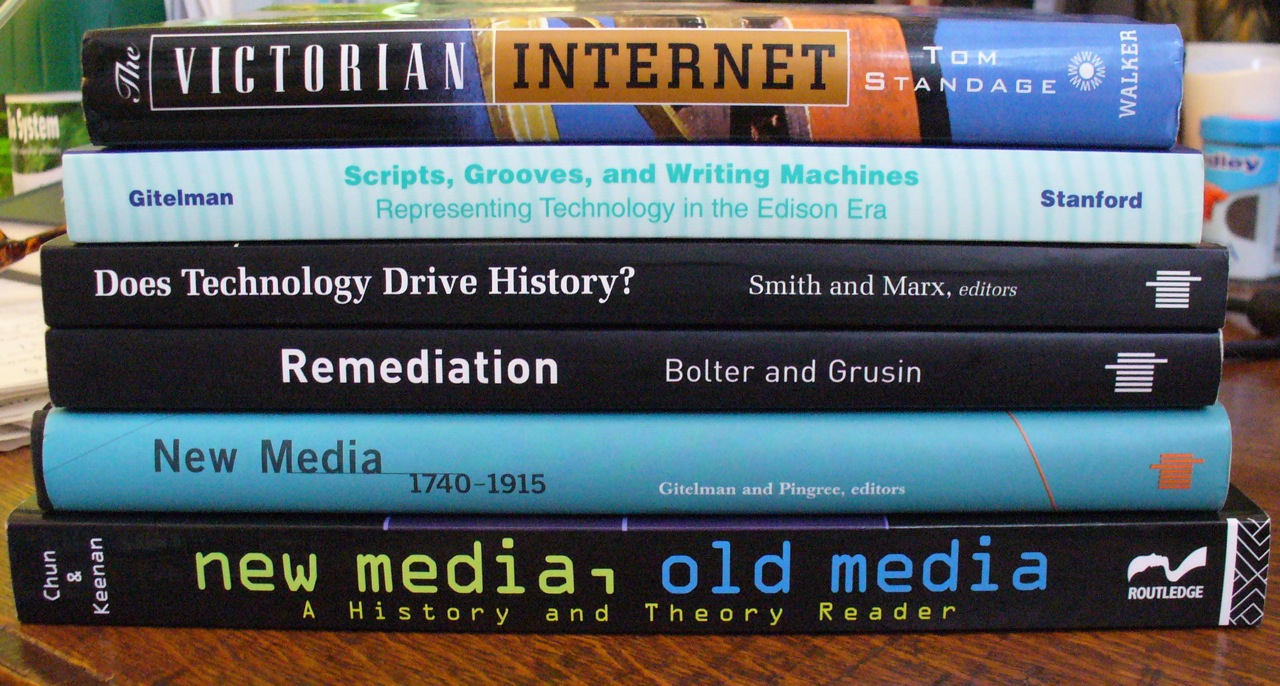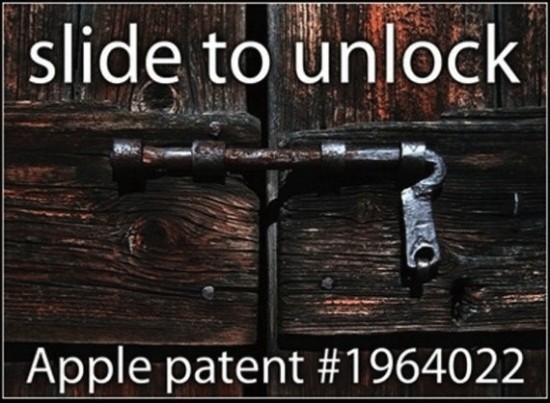This post by Archita Prawasi, currently in her 3rd year at NALSAR University of Law, was originally published
here. In an explanatory piece, she brings forth the impact of technology on IPR.
A recent dispute between PVR and Justdial has highlighted the connection between various facets of networking and IP infringement that ensues through the use of regular networking tools like deep links, meta tags and frames. With the interim order by the Delhi High Court against Justdial, it seems that new age digital awareness is catching up with the old and still relevant IP laws in the country. Before discussing the facts of the dispute, it is relevant to discuss the implications of the networking tools forming the dispute.
Networking techniques employed
- Linking: It is largely bifurcated into Surface linking and Deep Linking. Surface links are those that direct the user to the home page of a site, while deep links are those that bypass the home page of the linked website and directly display the content in the internal webpage.
- Meta tags: These are small content descriptors that help indicate to search engines what a web page is about. Website designers use meta tags to label a website’s content to ensure that the majority of search engines index their website.
- Framing: It is an HTML technique that allows for the display of multiple documents in the same window. These are designed to keep one set of information visible even as the reader scrolls through another document. Sites that use frames typically use them to link to external web pages while keeping their own information and advertisements at the top of the page so that the user does not need to visit the original information page which results in a loss for the original website.
PVR v. Justdial
The parties PVR Pvt. Ltd. and Justdial were parties to a non-exclusive ticketing agreement that gave Justdial access to PVR’s ticketing software to book tickets for the cinema halls. The agreement expired in August 2018 after two subsequent extensions in 2016.
The defendants, i.e. Justdial, continued to offer online ticket booking services even after the expiry of the arrangement. The bookings were redirected to the BookMyShow platform through deep-links. The plaintiffs (PVR) approached the defendants regarding the same and were orally assured that the service will be discontinued.
Subsequently, in January 2019, a third party informed the plaintiff that the defendant was still offering online ticket booking for PVR Cinemas. It made web pages that displayed images of the defendant’s cinema halls and used their registered trademark to give the impression that the two parties were still commercially associated. PVR’s registered trademark was used in meta-tags of the web pages that had deep links to the websites of authorised third-party sellers.
Encroachment on intellectual property rights
While these networking tools are a great way of maintaining a good web presence, they can also be a notorious means of stealing the rightful web traffic of websites. The issue of deep links arises when the web traffic of the homepage of a website is deviated to an internal webpage of the same that reduces the possible revenue for the websites from the advertisements on the homepage.
While meta tags are not visible on the website, it still is a contentious tool discussed extensively in global and Indian jurisprudence. It is very common that a business uses a competitor’s trademark in the meta tags of its own website so that the search engine indexes the website in the search results when the keyword is entered. This again, results in diversion of web traffic to the competing website.
However, some people use meta tags to describe their services without the mala-fide intention of diverting traffic and still become entangled in an IP infringement suit. While ignorance of the law is no excuse, unawareness about a particular trademark is often possible and may result in unfair punishment. For instance, a second-hand car dealer might use descriptors like Honda or Maruti to index his website in the search engine. While his act might lead the user to click the link believing it to be the intended website, (thereby qualifying the initial interest confusion doctrine) it will not materially harm the companies if the website states that the owner deals in second hand cars. The diverted web traffic will not be of any utility to the shop owner if he has no advertisements listed on his website and the user has to re-surf the web for the intended address. While consent from the party whose trademark has been used can be a way to evade the infringement, it is not practically possible for small businesses to receive permission from all the companies in the field. Hence, the dealer may find himself in a suit for infringing IPR of various companies, despite the mere intention to publicise.
An individual employing framing is likely to be held liable for trademark or copyright infringements if the material is modified without authorisation in the framed page or if the framed page endorses the parties’ commercial association when there is no such commercial relation between the two sites.
Global Scenario
The jurisprudence around deep linking/meta tagging and IP rights has been varied. Canada, Denmark, Italy and the Netherlands have mostly ruled in favour of the party alleging IP infringement.
The Imax Corporation case, in the Federal Court of Canada, was an IP infringement suit filed by Imax against Showmax for framing web pages in a manner that would convey commercial connections between the two parties. The Court, in this case passed an injunction against the defendants due to harm caused to the plaintiff’s goodwill and reputation.
The Courts of Rome and Milan have ruled in favour of the plaintiffs in cases of deep linking and framing web pages that could confuse users as to the relation between the parties. The Court of first instance Leeuwarden, a case adjudged in Netherlands followed similar rationale as discussed above.
However, cases in USA tend to sway both ways. While the Ninth Circuit Court in the Brookfield Communications case injuncted the defendant, West Coast Co. from using “moviebuff.com” which would have infringed on their trademark of ‘Moviebuff’. The Court discussed the doctrine of initial confusion according to which when the user browses the internet, the link by west coast could create a confusion in the mind of the user about Brookfield’s Moviebuff website.
On the other hand, the District Court of California, in the case of Ticketmaster Corporation held that Microsoft’s unauthorised deep linking of its ‘sidewalk.com’ to Ticketmaster’s events pages circumventing the plaintiff’s homepage did not constitute unfair competition or passing off because the ultimate sale of tickets was done through the plaintiffs. The present controversy between PVR and Justdial is similar to the Imax and the Ticketmaster’s Case.
Indian Jurisprudence
The Jurisprudence around meta tags/deep links and IP infringement in India has been pro-plaintiff. The Court has followed a similar reasoning as was discussed in the global scenario in various Indian cases like Mattel, Inc, Consim Info Ltd. vs Google, Kapil Wadhwa vs. Samsung, and Christian Louboutin.
However, in cases of meta tagging, the Court has also accepted the defence for use of meta tags by competing businesses. The Madras High Court discussed “nominative use” of meta tags while referring to some cases of the Ninth Circuit in USA. The Court laid down the following parameters for a meta tag to qualify for nominative use:
- the product or service in question must be one not readily identifiable without use of the trademark;
- only so much of the mark or marks may be used as is reasonably necessary to identify the product or service; and
- the user must do nothing that would, in conjunction with the mark, suggest sponsorship or endorsement by the trademark holder.
However, these conditions are quite onerous to prove and hence, in practice, Courts often rules in favour of the party alleging infringement. While this protects the goodwill of the plaintiff, it invariably restricts the bona fide users of trademark who use the trademarks for purely descriptive purposes.
Conclusion
In the present dispute, between PVR and Justdial, the Court has passed an order holding it to be a prima facie case of infringement and passing off in favour of the plaintiff. It has said that unless an interim injunction was passed, the plaintiff would suffer irreparable harm and hence, restrained the defendants from using the registered trademark for PVR or any deceptive variant.
This dispute provides an opportunity to the judiciary to instate guidelines to regulate the use of different networking techniques and prevent piling of litigation. It should be acknowledged that IPR awareness in relation to the use of the internet is not enough and explainers for different avenues that internet provides for proliferating e-business and regulations around them to ensure a reduction in IPR suits would help.
References:
In favour: Oppedahl & Larson v. Advanced Concepts, United States District Court for the District of Colorado, Civil Action Number 97-CV-1592 ; Playboy Enterprises, Inc. v. Netscape Communications Corp., 354 F.3d 1020 (9th Cir. 2004) ; Nissan Motor Co., et al. v. Nissan Computer Corp. 378 F.3d 1002 (9th Cir., 2004) ; SFX Motor Sports Inc., v. Davis, 2006 WL 3616983.
Against: Bijur Lubricating Corp. v. Devco Corporation 332 F.Supp.2d 722, Civ. No. 00-5157 (WHW) (D.N.J., August 26, 2004) ; Online Policy Group v. Diebold, Inc., 337 F. Supp. 2d 1195; 72 U.S.P.Q.2d 1200 ; Perfect 10, Inc. v. Amazon.com, Inc., 487 F.3d 701, 2007 U.S. App. LEXIS 11420, 99 U.S.P.Q.2D (BNA) 1746, Copy. L. Rep. (CCH) P29,380 (9th Cir. Cal. May 16, 2007); Kelly v. Arriba Soft Corp. (U.S. Court of Appeals for the Ninth Circuit, July 7, 2003) 336 F.3d 811.


